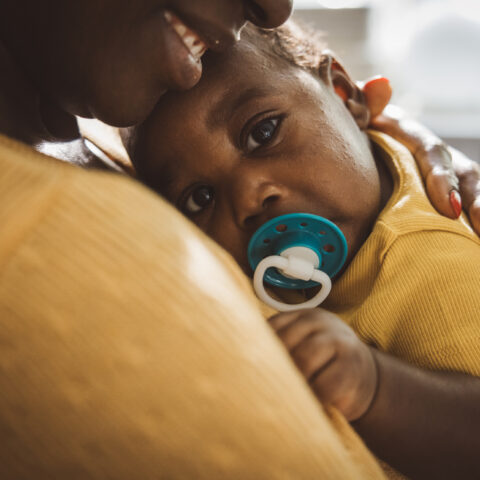Last Updated: October 8, 2024, 7 pm UTC
In rare diseases, patient opinion and insight often go unheard. However, for sponsors of rare disease clinical trials, study success often rests on incorporating the patient perspective as early as possible in development. Many patients with rare diseases have undertaken a long journey to diagnosis, so participating in a study may feel like a huge endeavor. Understanding what they are and are not willing to go through in the context of a clinical trial is critical to study design, enrollment, and execution.
In this blog, we delve into the nuances of understanding the patient perspective, with a focus on the art of asking the right questions to ensure that a study is relevant, feasible, and meaningful to the patients and caregivers who will participate in it.
Questions to ask patients and families
Bringing the patient voice into the conversation and understanding the patient perspective is about more than just understanding the clinical condition. It is about truly getting patient and caregiver input on:
- What it is like to live with the disease
- What challenges they face with the diagnosis and in their daily lives
- What compromises, if any, they are willing to make to participate in a clinical trial
- What would prevent them from wanting to participate in a study
- How far they are willing to travel
- How often they are willing to go to the site
- How much time they are willing to spend at the site for each visit
- What they hope to get out of the clinical trial
When engaging with patients and families, it is important not only to include open-ended questions that allow patients and families to express their own ideas, but also to be ready with follow-up questions if unexpected responses are received.
Case example: Getting to the root cause of objections
Premier was involved in an early-phase rare disease study in a pediatric population that required pharmacokinetic (PK) sampling over an 8-hour period. We were concerned that the number of needlesticks and the long clinic days would be a deterrent to study participation. When we asked parents if they would consider enrolling their child in a study that offered the opportunity to receive an experimental treatment, but would require multiple blood draws on visit days, the overwhelming answer was, “Yes, but could it be done in less time?” Further questioning revealed that most families had other children to care for and their primary objections to the length of the clinic visit were interference with caregiving responsibilities at home and concern about keeping the enrolled child calm for the day. To address this, the sponsor implemented multiple resolutions at the site level, including onsite daycare and games or other distractions for the enrolled child.
Questions patients and families may ask
Patients and families living with rare diseases have already been on an extended quest for information, so it is important for sponsors and CROs to be prepared for questions they may ask about clinical trial participation, including:
- What does the study offer that is different from standard of care?
- What do we get out of the study?
- How will the study benefit us?
- How will this study affect our daily lives?
Processing feedback from patients and families
The insights and input received from patients and families should be analyzed in combination with patient data from other sources to identify common themes. This analysis may yield rate limiting factors to study participation and barriers to recruitment that need to be addressed as part of the broader study design effort.
Key takeaways
Developing an understanding of the patient perspective begins with finding out where patients are already talking and asking the right questions. The overarching goal is to gain insight into the real-life practicalities that will inform the feasibility of a clinical trial and impact recruitment. Continuing to engage with patients as the clinical trial progresses ensures that patient centricity is maintained throughout the study and can also be valuable for designing future clinical trials.
To learn more about incorporating the patient perspective to optimize the success of rare disease studies, click here.

 Webinar
Webinar 


 Perspectives Blog
Perspectives Blog 